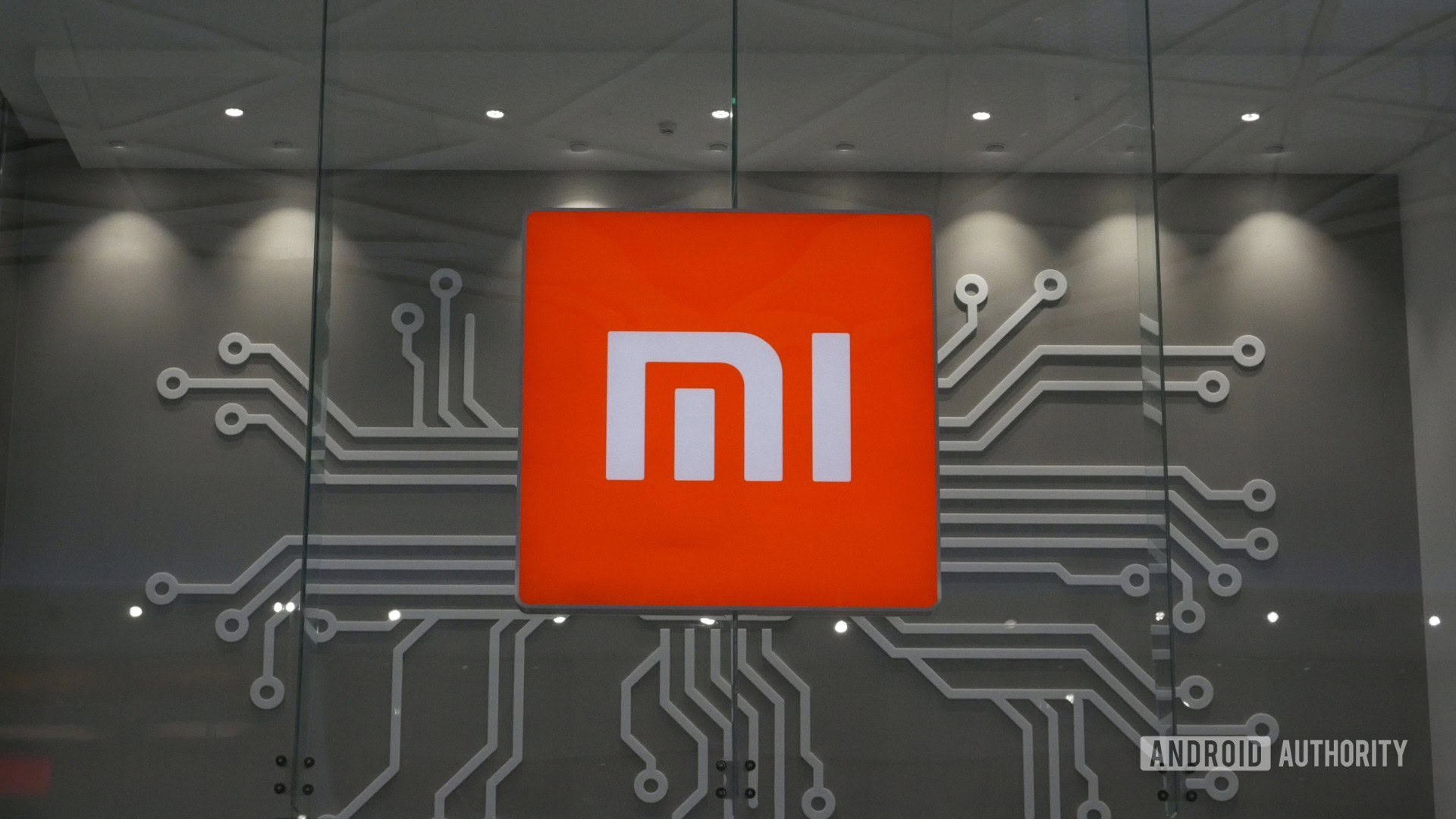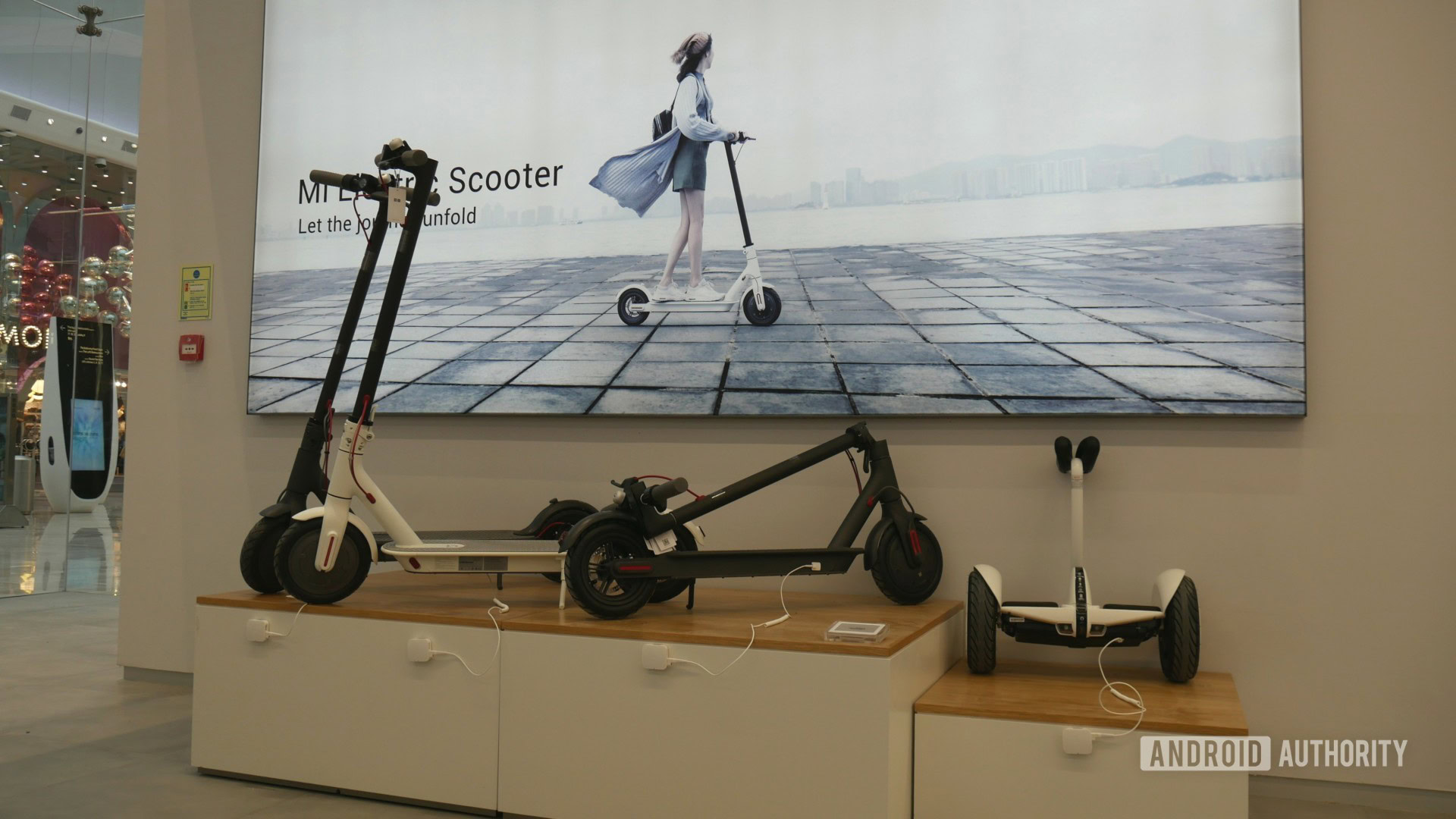Affiliate links on Android Authority may earn us a commission. Learn more.
Huawei's loss is Xiaomi's gain in Europe, and Xiaomi knows it

I was at Xiaomi’s launch of the Note 8 Pro in Berlin the other week. It was a notable affair, although not so much for the phone on show. The Redmi Note 8 Pro wasn’t boring or anything, but it’s not going to be the Xiaomi device that anyone remembers as a milestone. More importantly, this was Xiaomi’s first formal launch event in Germany.
That marks a moment in time for Xiaomi’s expansion into Europe.
Xiaomi initially spread its wings just in Eastern European countries, where money has traditionally been a bit tighter, and where budget smartphones make good sense. It started in Poland in September 2016 via a first distributor. Then the company set its sight to the more mature markets to the west. By November 2017, Xiaomi had put up two stores in Spain. Then came rapid expansion: 50 stores across Western Europe by end 2018, including flagship stores, such as the UK store opened in London’s Westfield shopping center in November.
Along with brick-and-mortar stores across most of Europe, there are also regional Amazon stores selling all nature of Xiaomi goods, the Mi.com online store for each region, resellers and distributors, and more. There are still no stores yet in Germany, but official stores did appear in Rome, Porto, and Bucharest in 2019, while Paris has Xiaomi’s largest store in Europe.
Xiaomi is obviously taking Europe seriously, with help from an unlikely source – the Trump administration.
Xiaomi is obviously taking Europe seriously, with help from an unlikely source.
Eyes on HUAWEI (and HONOR)
With HUAWEI floundering in a state of limbo created by a mix of political maneuvering and obscure national security issues, Xiaomi appears to sense its opportunity and is putting its foot to the floor.
The Beijing-based company hasn’t been taking on the likes of Apple/Samsung/HUAWEI at the premium end of the European market, but don’t rule it out. For now, we see Xiaomi coveting the middle-range market. Its German launch event was, as mentioned, actually for a mid-range device in the value-focused Redmi sub-brand. That fits where HUAWEI was previously making considerable progress in Europe, in large part through HONOR.
HUAWEI and HONOR’s record growth from 2018 to 2019 has understandably subsided in Europe, with market share plummeting by six percentage points in just months, according to a Counterpoint Research study of Central and Eastern European markets. This trend is likely to continue.

Counterpoint indicates that Samsung’s competent A-series of smartphones has taken some of those volumes. But Xiaomi appears to have fresh zest in its ambitions to capture share from HUAWEI and HONOR. Xiaomi is capitalizing on a surge of rapid-release Redmi devices at the low end. But it’s also pushing 5G devices, partly as a brand-boosting exercise as HUAWEI fades from view.
Can Xiaomi convey a sense of security to privacy-focused Europeans, and make its MIUI OS a joy to use?
The focus for Xiaomi, like it is for Samsung, is on capturing market share away from the likes of the HONOR 20, HONOR View 20, and HONOR 10. These are devices that I constantly see on rotation on bargain sites in Germany, while the HUAWEI P20 and Mate 20 continue to be sought-after even as last-gen flagships. With the likes of the Xiaomi Mi 9T Pro offering killer hardware, Xiaomi’s main limitation is in conveying a sense of security to Europeans focused on privacy, and making MIUI as easy to use as possible.
Xiaomi will also need to tie in closely with carriers, where HUAWEI has had significant strength. The company has partnered with large EU carriers including Orange, Vodafone, and Three, for the Mi Mix 3 5G. Meanwhile, HUAWEI’s 5G phones haven’t been seen much.
Xiaomi has no choice
In part, Xiaomi has to do all of this. It has to push into new markets and new product categories, so it can keep its hardware selling briskly. Shareholder pressure is a big factor behind this.
The company established itself as a listed company on the Hong Kong stock exchange, with an aura of growth and revenue from users via advertising. Its stock performance has been disappointing for investors ever since its July 2018 IPO, falling more than 50% since that time.
Xiaomi’s smartphone business is actually a bright spot, with growing shipments and rising gross profit margins – from 3.3% in Q1 2019, to 8.1% in Q2 2019, the highest in nearly two years. (Note that’s different to hardware net profit margins, which are largely unknown, and don’t forget that Xiaomi’s five percent net profit margin cap “promise” was more for headlines than reality.)
There’s also all the other Xiaomi hardware that’s being released. That includes in-house products like wearables, accessories and TVs, as well as scooters, shoes, suitcases, and 3,000 or so other products from Xiaomi’s ecosystem of related products. That figure grows ever higher – even as I write this, Xiaomi announced it now makes fridges, with four models launching this week already.
Eyes on the US?

While Xiaomi’s European ambitions are proceeding with careful steps, the next question is, when will the US and North America be a focus for Xiaomi’s incredibly wide range of smart products, and especially smartphones? We last heard it would be 2019 or 2020, after slipping from 2018 or 2019. So, 2020 at the earliest then.
Already, I see the more-informed US consumers keen to obtain the likes of the value-packed Mi 9T Pro, but no Xiaomi phone on the market has the range of bands required for all US carriers.
But that is a smartphone-first point of view. Xiaomi has already made steps in the US by selling its scooters, and it also sells power banks and other accessories. Those first steps were taken before it tried with phones, not-so-sneakily starting to get brand recognition without needing to “launch” in the country. Then came the trade war.
Given HUAWEI’s problems and the tricky positioning Chinese makers face in a world of Trump administration, plus tariffs on phones that are supposed to be inexpensive and value-packed, few would disagree with Xiaomi’s decisions. Should anything change, Xiaomi will be learning from its growing European push.